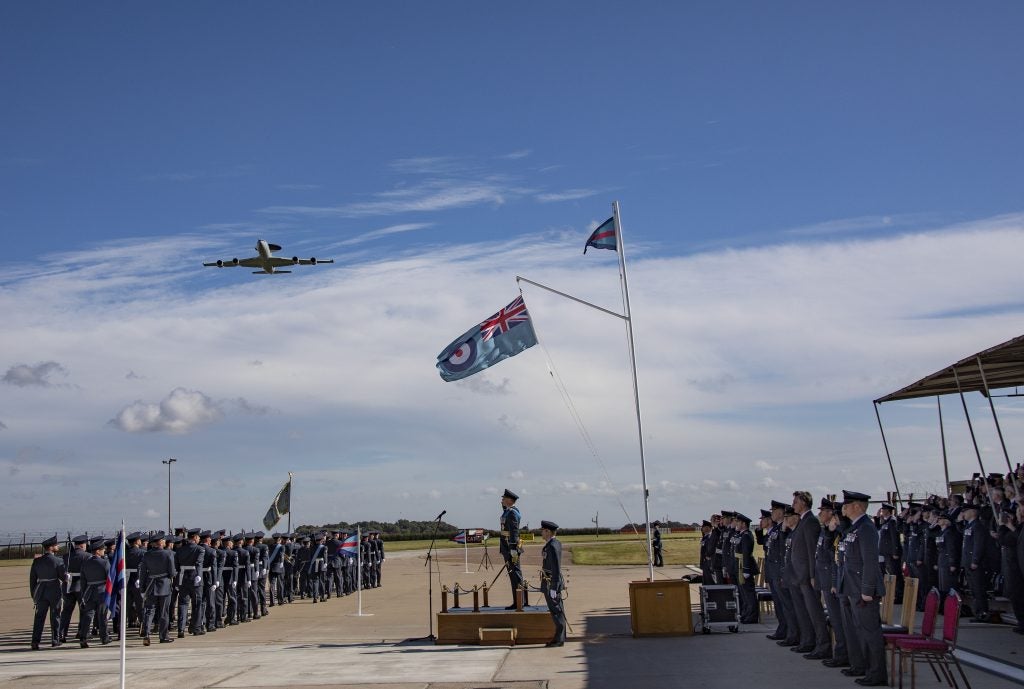Royal Air Force Officially Retires E-3D Sentry With Royal Parade
The Royal Air Force officially retired its E-3D Sentry airborne early warning and command aircraft on September 28. A Royal Parade was held at RAF Waddington to commemorate the retirement, with the Duke of Essex, His Royal Highness Prince Edward, reviewing the parade.
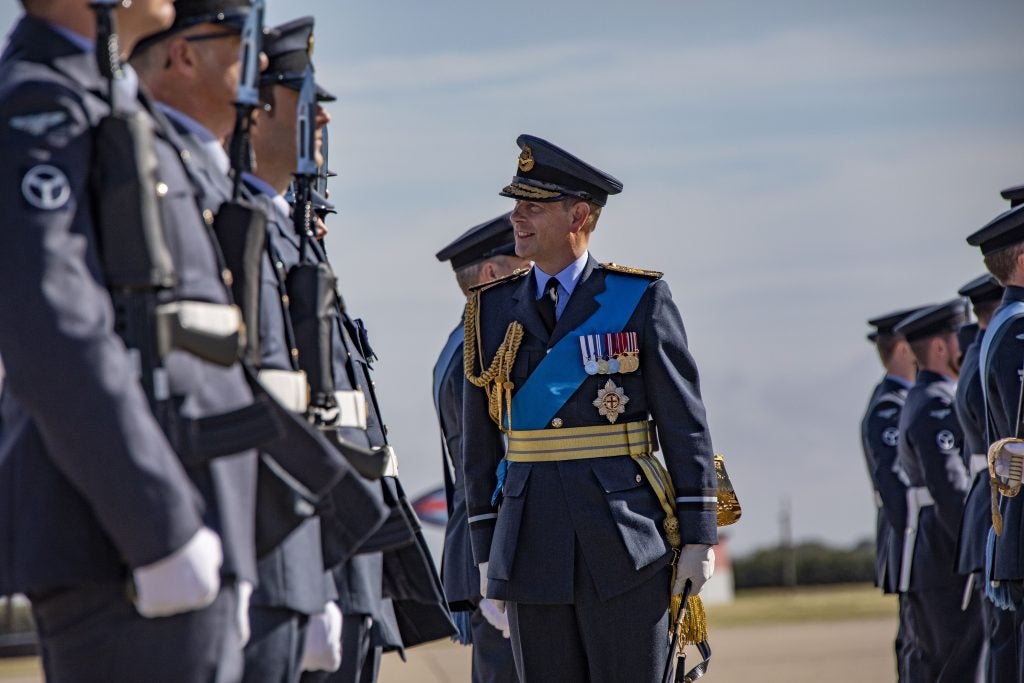
Other guests present at the parade included Air Officer Commanding Number 1 Group, Air Vice Marshal Allan Marshall, the NATO Airborne Early Warning and Control Force Commander, Major General Thomas E. Kunkel from the United States Air Force, as well as RAF Waddington’s Station Commander, Group Captain Steven Kilvington. Wing Commander Victoria Williams, the commanding officer of 8 Squadron, was the parade commander for the ceremony, which saw both flypasts of the E-3D and the Battle of Britain Memorial Flight.
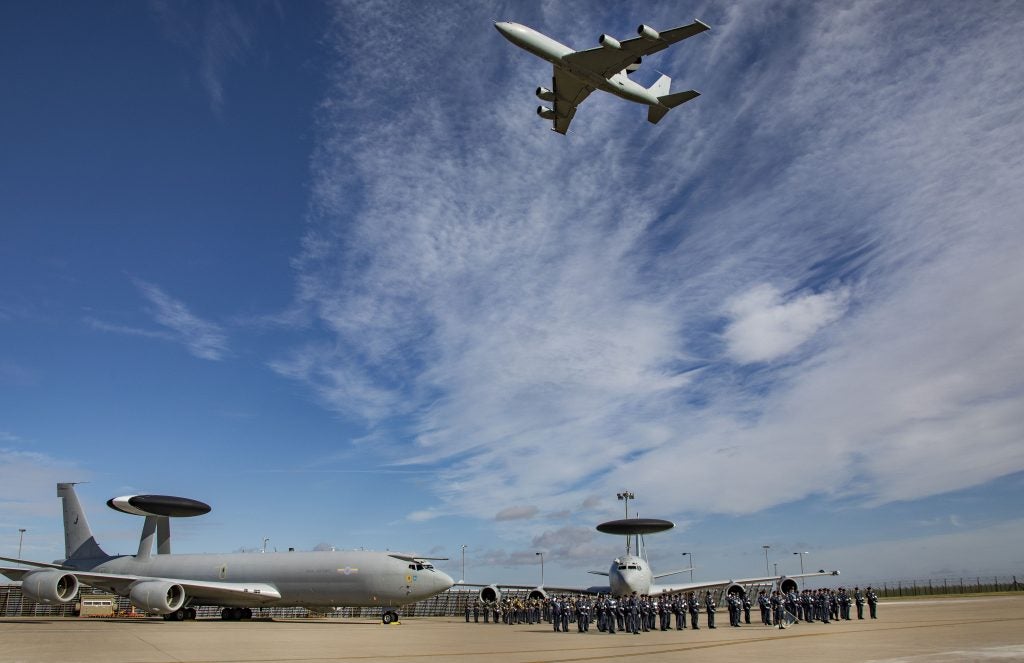
The retirement ceremony also marks 30 years of Royal Air Force Sentry operations, with the E-3Ds having returned from their final operational deployment to RAF Akrotiri on Cyprus in early August. The RAF’s Sentries had most recently supported Operation Shader, the UK’s operations against the Islamic State in Syria and the Levant, as well as Operation Fortis, the maiden deployment of the UK Carrier Strike Group. Other operational highlights include RAF Sentry operations during Operation Iraqi Freedom, which saw the E-3Ds accumulate more flight hours in Iraqi airspace than all other RAF aircraft combined, as well as anti-drug operations in the Caribbean.
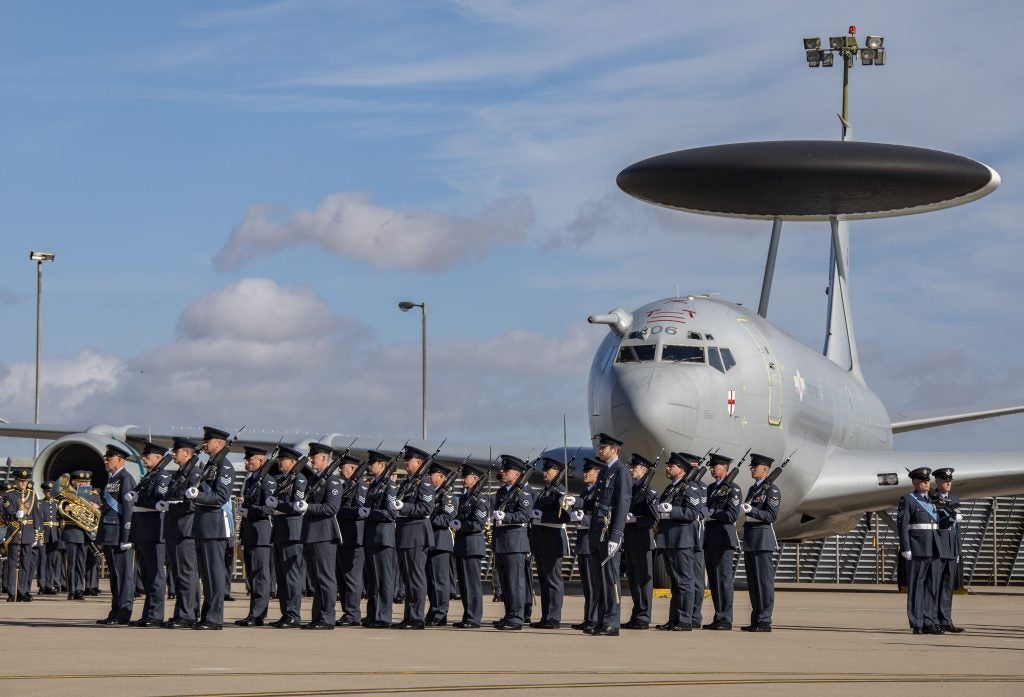
Following the retirement of the Sentry, 8 Squadron will relocate to RAF Lossiemouth, the future home of the RAF Wedgetail fleet. The RAF is expected to receive the first of three Wedgetails on order in 2023, with Wedgetail radar manufacturer Northrop Grumman recently announcing that production work on the first RAF Wedgetail radar is now underway. Wing Commander Williams stated that the squadron was looking forward to the upcoming transition, saying:
“The parade today has provided a fitting send-off for an iconic aircraft, the day is clearly an emotional one but we are all incredibly proud of what has been achieved over the last 30 years. The commitment and output provided to UK Defence and NATO has been exceptional and I know that 8 Squadron will be looking forward to transitioning to the E-7 Wedgetail in due course.”
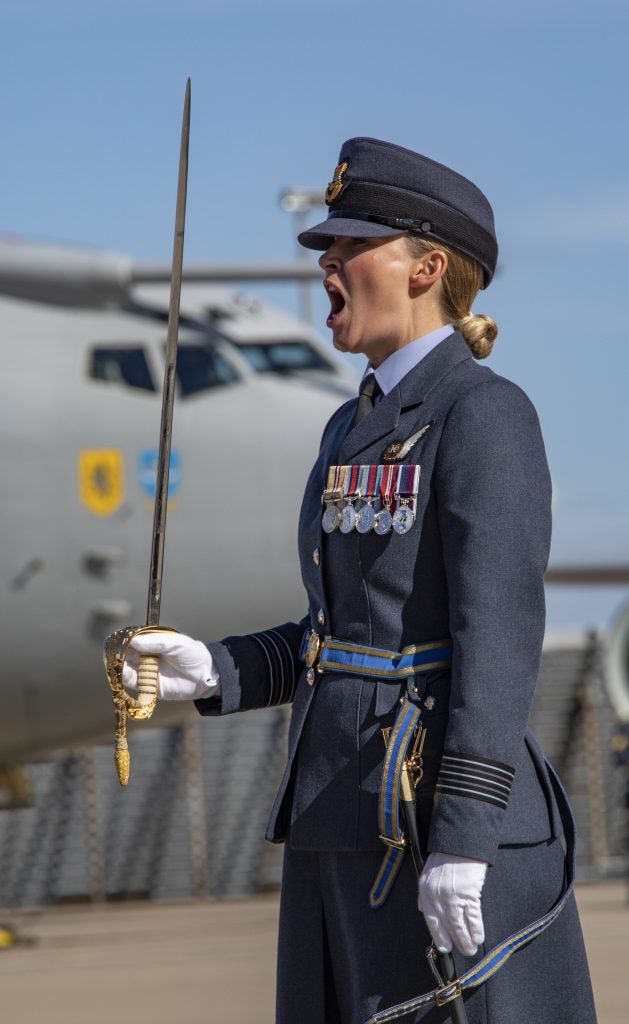
Replacing the Sentries at RAF Waddington is the RAF’s future fleet of General Atomics Guardian drones, with the delivery of 16 Guardians set to begin in 2024. In preparation for their arrival, the Royal Air Force’s Intelligence, Surveillance, Target Acquisition, and Reconnaissance (ISTAR) hub will receive significant infrastructure upgrades including a training center for RAF and international Guardian operators, with Group Captain Kilvington saying:
“As a previous Commander of 8 Squadron I am extremely proud of what the E-3D Sentry has delivered across its 30 years of service. It has been an outstanding capability operated by outstanding people. The reputation of the Force in the RAF and with our Allies is second to none and so it is only natural that its retirement is tinged with sadness.
The future for our intelligence assets is an exciting one. 8 Squadron will introduce Wedgetail into service at RAF Lossiemouth whilst RAF Waddington will benefit from £94 million of investment to support the arrival of Protector and our wider capabilities, ensuring our people continue to deliver exceptional operational output for many years to come.”

